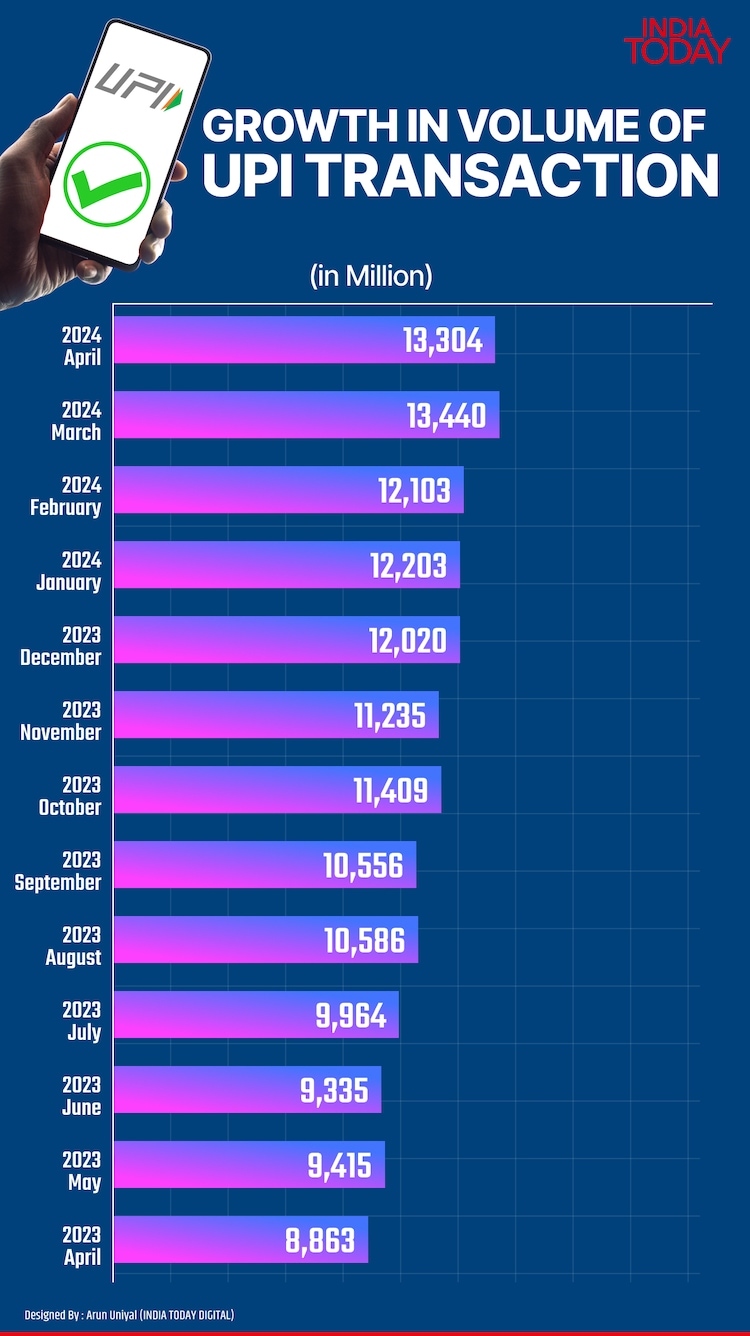The Unified Payments Interface (UPI) has revolutionized payments in India, facilitating a significant shift not just in payment methods, but also in spending patterns. Gone are the days when people carried cash - but as the use of UPI grows, its impact on our expenditures has come into focus. While some find it increases spending, others successfully save by embracing UPI. An enlightening IIT Delhi survey sheds light on these two sides of the coin.
76% acknowledge UPI leads to higher expenditure
A comprehensive IIT Delhi survey explored the pros and cons of UPI transactions. The study confirmed that UPI tempts us to spend more. Among the 276 participants, a remarkable 74% feel that UPI has amplified their spending habits. UPI's convenience is evident everywhere, from enjoying a cup of tea at a local shop to buying groceries. The absence of cash seems to equate to fewer restraints on spending which is causing budget spikes for many users.

Source: aajtak
Cash in hand: A different perspective
The survey report suggests when we shop with cash, the tangible money reminds us of our spending capacity. Respondents stated that cash in hand keeps them more mindful of their expenses. With UPI, the convenience has soared - one's wallet is virtually connected to their bank account, constantly stocked, which might lead to a never-ending loop of convenience spending. When comparing transactions, participants felt more cautious handing out cash than making a same-amount UPI payment.
UPI's reach surpasses credit cards
Before UPI, plastic money like credit cards had been in use for decades. However, UPI trumps credit cards due to its widespread acceptance and interest-free nature. The mobile-to-bank transfers are making POS machines almost obsolete, catering to both credit and debit card payments.




